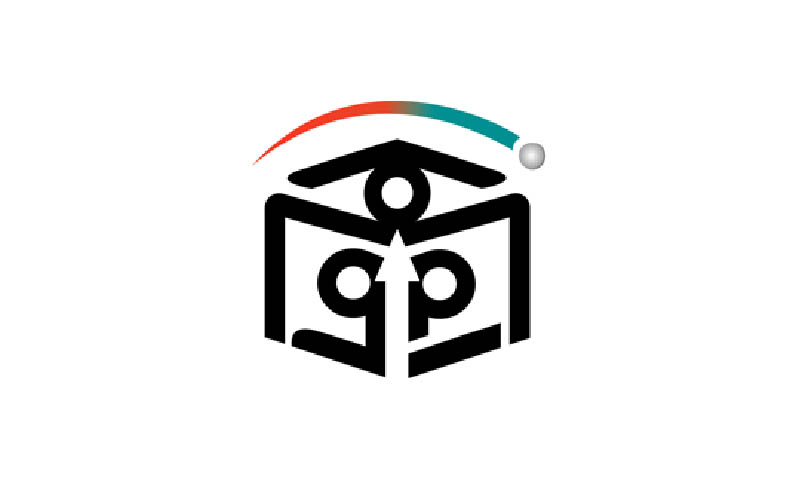
"Performance enhancement of Piezoelectric Nanogenerators based on Zinc Oxide Nanowires grown by Chemical Bath Deposition"

Affiliations:
Laboratoire des matériaux et du génie physique (LMGP)
Laboratoire des technologies de la microélectronique (LTM)
Laboratoire d’électronique et de technologie de l’information (CEA-Leti)
Abstract
Since the introduction of the first Zinc Oxide Nanowire (ZnO NW) based piezoelectric nanogenerator (PNG) by Wang et al.,[1] the energy harvesting field revolutionizes owing the ability of ZnO NWs to convert mechanical energy into electrical energy. At present, ZnO NW arrays are found to be integrated in electronic devices for efficient and sustainable sources.
The present work consists to enhance the output voltage of a PNG based on vertically integrated ZnO NW arrays grown in aqueous medium by chemical bath deposition (CBD). The latter, a green chemistry process, is found to offer potential industrial viability at large scale for the growth of ZnO NWs at low-temperatures (60 – 100 °C) on flexible and rigid substrates. In contrast, the unintentional formation of mainly hydrogen-related defects in ZnO NWs grown by CBD results in a high density of free electrons in their bulk (5×1017 – 1.5×1019 cm-3),[2] leading to the detrimental screening effect of piezoelectric potential, originating from electrostatic interactions between free electrons and the positive poles created within bent ZnO NWs.[3]
The current thesis focus on the output voltage enhancement of PNGs based on ZnO NWs grown by CBD. In that purpose, different studies were performed, involving the elaboration of resistive ZnO NWs through compensatory Cu-doping and thermal annealing, as well as the growth of ZnO/Alumina (Al2O3) core-shell nanowire hétérostructures for surface passivation purposes.
The present fully experimental work provides promising ways to enhance ZnO NW based PNGs, and offer new possibilities for sustainable energy harvesting applications.
[1] Z. L. Wang, J. Song, Science (80-. ). 2006, 312, 242–246.
[2] A. J. Lopez Garcia, M. Mouis, V. Consonni, G. Ardila, Nanomaterials 2021, 11, DOI 10.3390/nano11040941.
[3] R. K. Pandey, J. Dutta, S. Brahma, B. Rao, C.-P. Liu, J. Phys. Mater. 2021, 4, 044011.
LMGP – Seminar Laboratoire des matériaux et du génie physique, Grenoble INP Phelma - MINATEC, 3 Parvis Louis Néel - GRENOBLE
Short Bio/CV
Originally from Peru (with a “cabanista” heart), I pursued general physics studies for two years at the Faculty of Physical Sciences at Universidad Nacional Mayor de San Marcos in Lima, Peru, from March 2014 to December 2015. Following this, I completed a two-year program in Measurements Physics with a specialization in Instrumentation and Physical Measurements at IUT Mesures Physiques in Le Mans, France, from 2016 to 2018. Subsequently, I obtained an Engineering Degree in Physical Engineering for Photonics and Microelectronics, as well as a Master’s degree in Photonics and Semiconductor Physics, from Grenoble INP - Phelma in Grenoble, France, spanning from 2018 to 2021. Presently, I am working as a PhD candidate since 2018 in collaboration between three entities: LMGP, LTM, and CEA-Leti, focusing on the domain of nanotechnology and material sciences.


